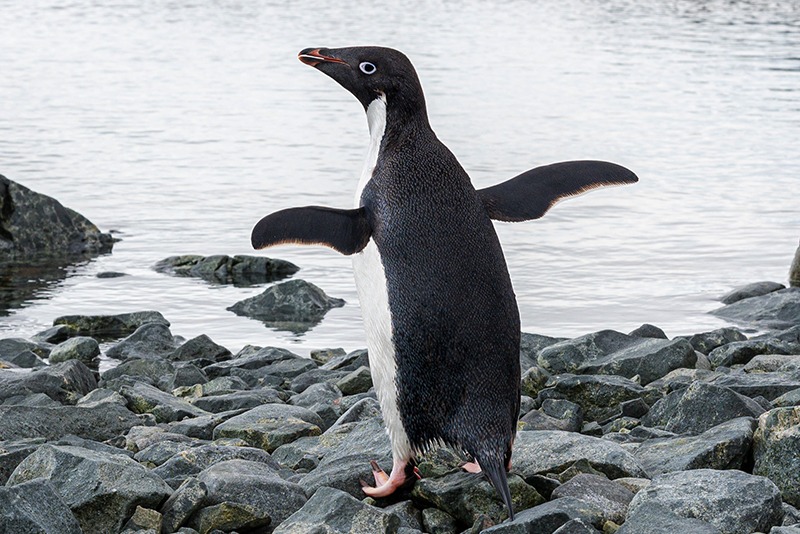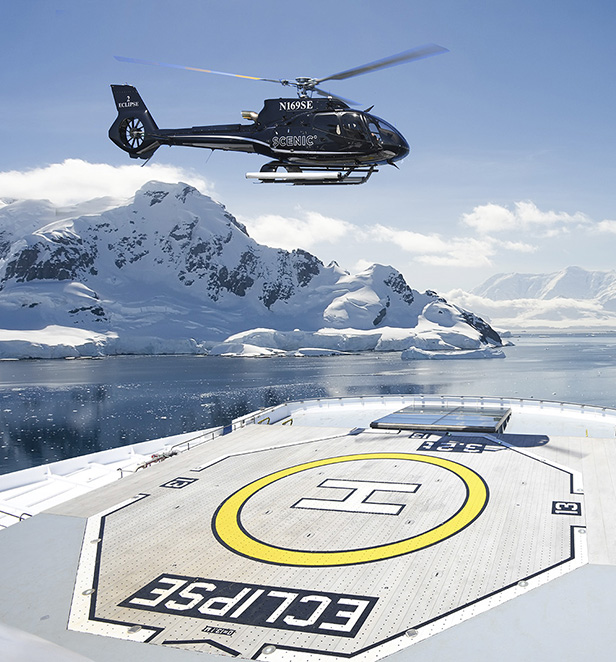Antarctica: A Land of Ice, Mystery, and Adventure
From A Distance
Antarctica, the southernmost continent on Earth, is a place of extremes—home to the coldest temperatures, the driest conditions, and the most pristine wilderness on the planet. Despite being larger than Europe and covered almost entirely in ice, Antarctica has no indigenous population and no countries within its borders. Its history is relatively recent in the scope of human discovery.
So Who Owns Antarctica?
Though the ancient Greeks speculated about a large southern landmass to “balance” the known northern continents—naming it Terra Australis Incognita—Antarctica remained unknown to human eyes until the 19th century. In 1820, multiple expeditions, including those led by Fabian Gottlieb von Bellingshausen (Russia), Edward Bransfield (UK), and Nathaniel Palmer (USA), sighted the Antarctic mainland for the first time. However, it wasn’t until the “Heroic Age of Antarctic Exploration” (1897–1922) that the continent’s interior began to be explored in earnest. Notable figures such as Roald Amundsen, who first reached the South Pole in 1911, and Robert Falcon Scott, who perished on a competing expedition, became legends of polar exploration.
The mid-20th century brought scientific and geopolitical interest. As countries raced to assert presence in polar regions, the possibility of territorial claims loomed. In response, the Antarctic Treaty System was established in 1959 and entered into force in 1961. This landmark agreement—initially signed by 12 nations, including the U.S., USSR, UK, and others conducting scientific research in Antarctica—froze territorial claims, prohibited military activity, banned nuclear testing and waste disposal, and promoted scientific collaboration.
Today, over 50 nations are signatories of the treaty. While seven countries (Argentina, Australia, Chile, France, New Zealand, Norway, and the United Kingdom) maintain territorial claims—some overlapping—these are effectively held in abeyance. No one country owns Antarctica. It is instead governed as a global commons, dedicated to peace and science.

Top Tourist Destinations and Attractions in Antarctica
While harsh conditions and logistical complexity make Antarctica one of the most challenging places to visit, tourism has been steadily increasing, especially through guided cruises and scientific outposts. Here are the top destinations and attractions that visitors to the White Continent can experience:
-
Deception Island (South Shetland Islands)
This volcanic island, with a caldera accessible by ship, offers one of Antarctica’s few naturally sheltered harbors. Tourists can explore abandoned whaling stations, soak in geothermal-heated waters at Pendulum Cove, and hike dramatic volcanic landscapes. -
Port Lockroy (Goudier Island)
A former British research station turned museum and post office, Port Lockroy offers a glimpse into early Antarctic exploration life. It’s one of the most popular tourist stops, with a functioning UK post box, souvenir shop, and nearby gentoo penguin colony. -
Paradise Bay (Antarctic Peninsula)
True to its name, this bay is surrounded by towering glaciers and ice cliffs. Visitors often arrive via zodiac boats and kayak among icebergs while watching seals and whales swim in the crystalline water. -
Lemaire Channel
Often dubbed “Kodak Gap” for its photogenic views, this narrow strait flanked by sheer cliffs and ice flows offers one of the most dramatic passages on any Antarctic cruise. -
South Georgia Island (technically sub-Antarctic, but often part of Antarctic cruises)
Though not part of mainland Antarctica, South Georgia is a haven for wildlife and home to massive king penguin colonies, elephant seals, and the grave of famed explorer Ernest Shackleton. -
Neko Harbour
One of the few places on the Antarctic continent where visitors can actually set foot on land, Neko Harbour offers dramatic vistas, nesting penguins, and opportunities for icy treks along rocky slopes. -
Elephant Island
Known for its role in Shackleton’s Endurance expedition, where stranded crew members survived months in isolation, this island is rich in exploration lore and surrounded by rugged, icy seas. -
Antarctic Sound (Iceberg Alley)
A voyage through this stretch often means encountering massive tabular icebergs—some the size of cities—drifting through an otherworldly sea of blue and white. -
Ross Ice Shelf and Ross Island
Accessible only on specialized expeditions, this region in East Antarctica is home to scientific stations like McMurdo (USA) and Scott Base (New Zealand), as well as historic huts left by early explorers like Scott and Shackleton. -
Mount Erebus
The southernmost active volcano on Earth, Mount Erebus towers over Ross Island. Though rarely accessed by tourists directly, flyovers and scientific expeditions occasionally provide glimpses of its steaming summit. -
King George Island (South Shetland Islands)
The most populous part of Antarctica (relatively speaking), it hosts several research stations from different countries and an airstrip used for fly-in/fly-out tours. Visitors can meet international researchers and spot wildlife up close. -
Wilhelmina Bay
A hotspot for humpback whale sightings, this calm bay is framed by glacier-covered peaks. Zodiac cruises here often yield breathtaking wildlife photography opportunities. -
Brown Bluff
A favorite landing site, Brown Bluff offers a dramatic volcanic landscape backed by cliffs and glaciers. It’s also a nesting area for Adélie and gentoo penguins. -
Cuverville Island
Home to one of the largest gentoo penguin colonies in the region, this island is also surrounded by towering icebergs that drift through the surrounding fjords. -
Yalour Islands
Less frequently visited, these small islands provide opportunities for more intimate wildlife encounters, including penguins, skuas, and moss-covered rocks that hint at the biodiversity of this frozen frontier. -
Hannah Point (Livingston Island)
This site offers some of the most diverse wildlife viewing in the Antarctic Peninsula, with a mix of penguins, seals, and seabirds, as well as exposed fossil beds. -
Danco Island
A landing site with a gentle slope, Danco is known for panoramic views and penguin colonies. It’s often a kayaking launch point in good weather. -
Orne Harbour
A steep climb rewards travelers with incredible views of the Gerlache Strait and a bird’s-eye perspective of glaciated terrain below. -
Petermann Island
This site marks the southernmost regular landing spot on the peninsula and is famous for its penguins, especially the rare Adélie. -
Wordie House
A preserved British base on Winter Island, Wordie House offers insight into early 20th-century polar research efforts, complete with period furnishings. -
Larsen Ice Shelf
One of the largest ice shelves in Antarctica, its dramatic collapse events in recent decades have drawn attention to climate change. While rarely accessed directly, parts of it may be viewed on specialized scientific or aerial tours. -
Dry Valleys (McMurdo Dry Valleys)
These valleys are among the driest places on Earth, with conditions similar to those on Mars. Their surreal landscapes are only visited on rare scientific tours. -
Neumayer Channel
A photogenic channel known for its reflective waters, mirror-like vistas, and opportunities for close-up encounters with icebergs and marine life. -
Damoy Point
This peninsula features a restored hut used by explorers awaiting better flying weather. It’s also home to gentoo penguins and beautiful ice formations. -
The Antarctic Circle
Crossing the Antarctic Circle is a milestone on longer cruises, often marked with celebratory events. Fewer tourists make it this far south, where ice is thicker and wildlife becomes more sparse—but all the more special.

Antarctica is unlike any place on Earth—a continent without nations, preserved through international cooperation, where nature dominates and human presence is transient. From its rich history of discovery and diplomacy to the surreal beauty of its frozen landscapes and astonishing wildlife, Antarctica captivates the imagination of every traveler fortunate enough to reach its shores. Whether sailing past vast glaciers or standing among penguins on a rocky outcrop, a journey to the bottom of the world is both a privilege and a profound adventure.

































